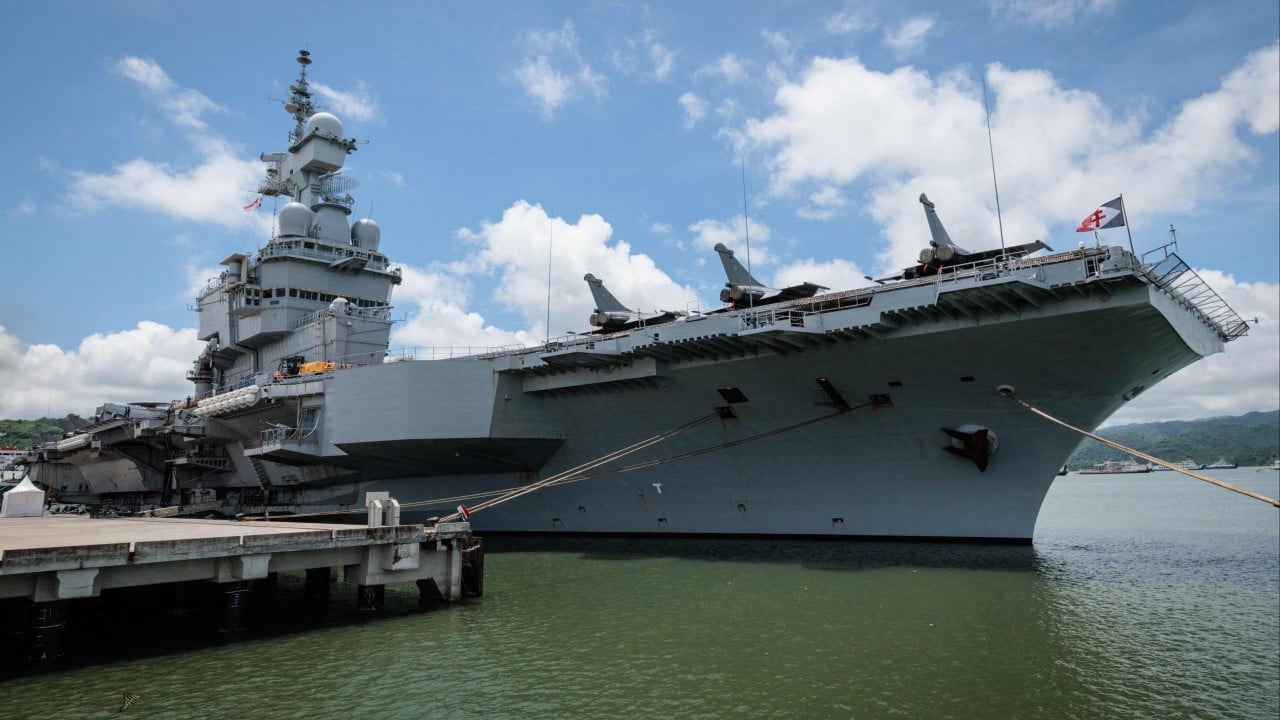France’s nuclear-powered aircraft carrier and accompanying warships were in the Philippines on Sunday after holding combat drills with Filipino forces in the disputed South China Sea in a show of firepower that would likely antagonise China.
Advertisement
The Charles de Gaulle docked on Friday at Subic Bay, a former US Naval base northwest of Manila, for a break after more than two months of deployment in the Indo-Pacific. The French carrier engaged with security allies for contingency readiness and to promote regional security, including with Filipino forces, navy ships and fighter jets. They held anti-submarine warfare drills and aerial combat training on Friday in the South China Sea, Philippine and French officials said.
Last year, the French navy deployed a frigate for the first time to participate in a joint sail with the United States and Philippine counterpart forces in and near the disputed waters. It was part of the largest annual combat exercises in years by American and Filipino allied forces. The drills involved more than 16,000 military personnel.
China strongly criticised the exercises then, saying the Philippines were “ganging up” with countries from outside Asia in an obvious reference to the US and its security partners, and warned the drills could instigate confrontation and undermine regional stability.
France’s recent and ongoing military deployments to the Philippines underscore its “commitment to regional security and the shared goal of strengthening maritime cooperation in the Indo-Pacific,” Armed Forces of the Philippines spokesperson Colonel Xerxes Trinidad said.
Advertisement
The Charles de Gaulle, the only nuclear-powered aircraft carrier in the world other than those of the US Navy, led a strike group that included three destroyer warships and an oil replenishment ship in its first-ever visit to the Philippines, French officials said.
France had been shoring up its military engagements with the Philippines and other Southeast Asian nations at odds with China in the disputed waters, a key global trade and security route, although it says those emergency-preparedness actions were not aimed at any particular country.

